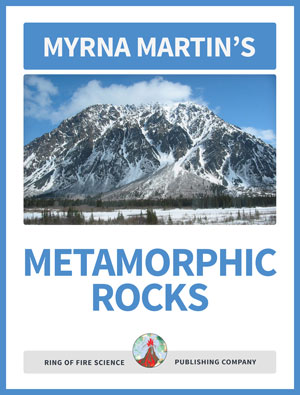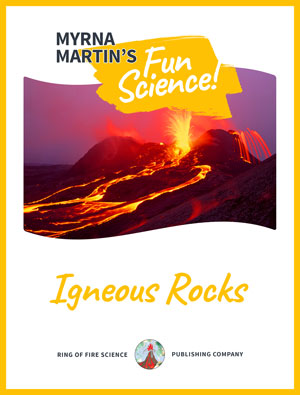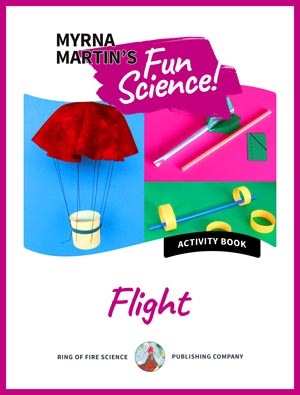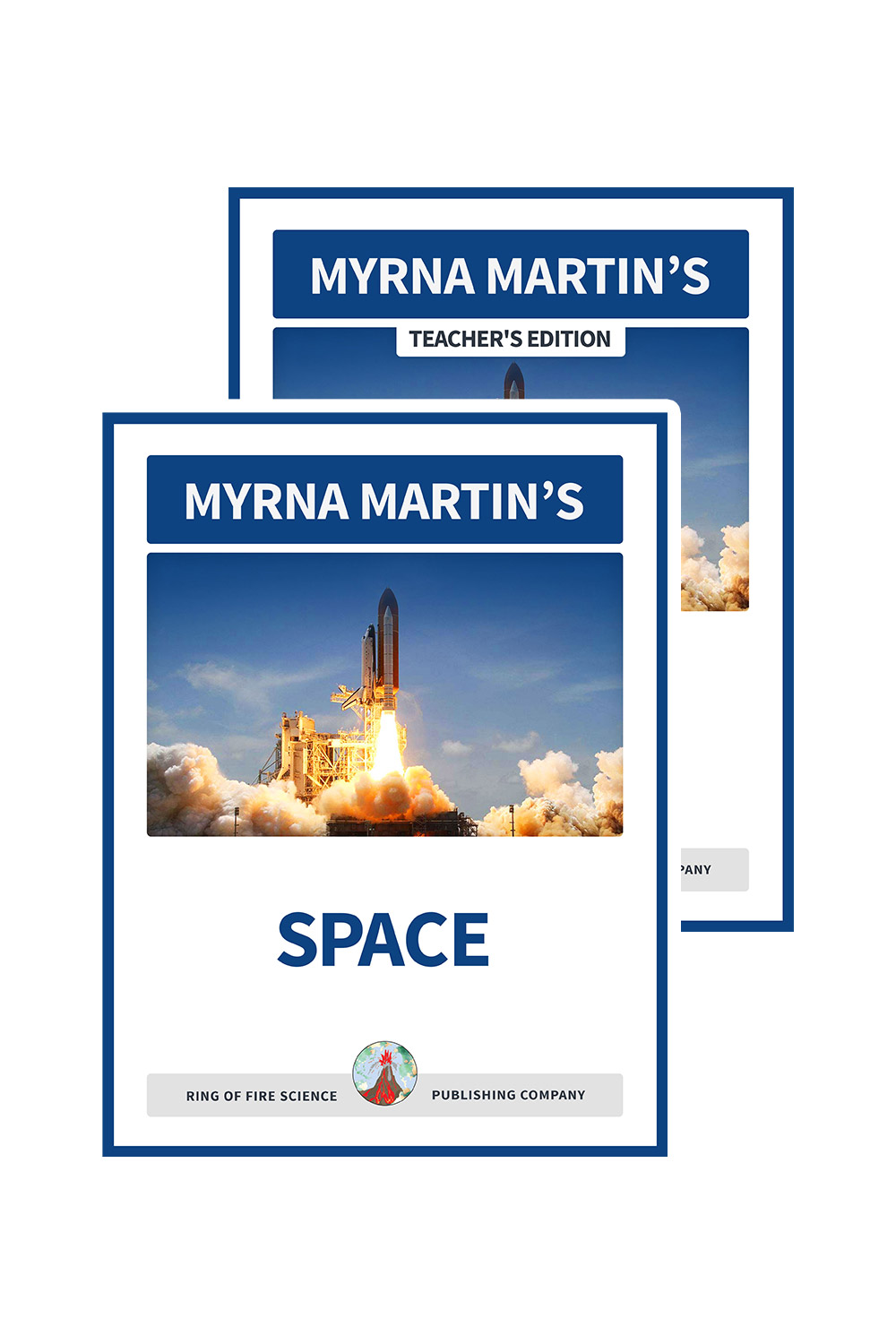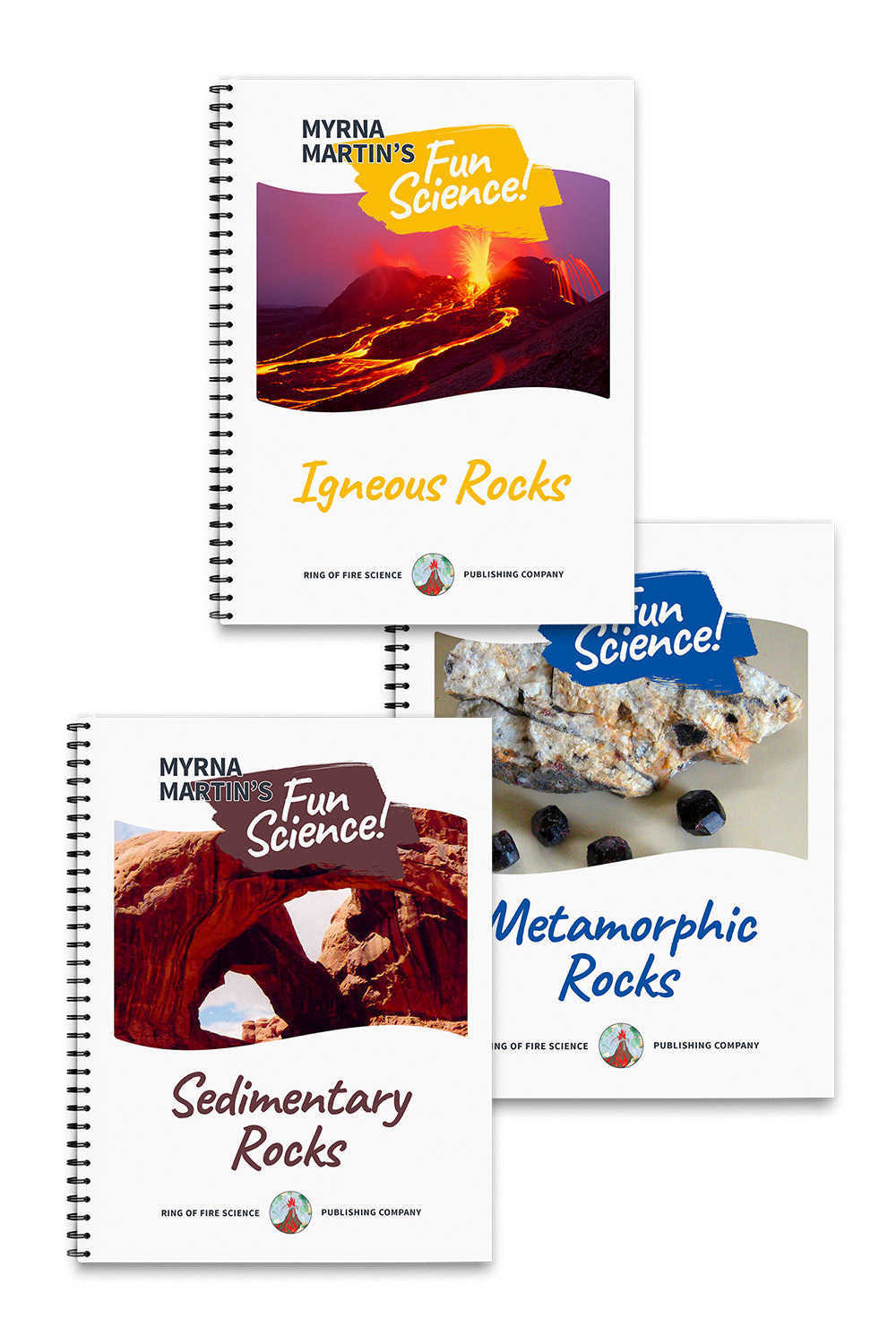CURRENT EVENTS IN SCIENCE
BENEATH ANTARCTICA’S ICE
Current events in science takes you beneath the deep layers of ice that covers Antarctica’s continent as scientists study rocks and subglacial lakes looking for signs of life in the mud.
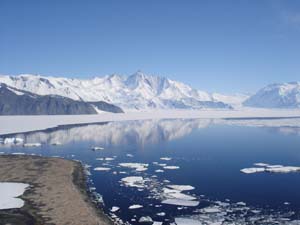
Antarctica icy waters
Antarctic ice sheet
The continent of Antarctica is covered by an ice sheet. The maximum ice thickness is 4776 meters (15,670 feet). The average thickness of the ice is 1, 829 meters (6000 feet thick). Scientists studying Antarctica have discovered unknown mountain ranges and more than 200 lakes beneath the thick layer of ice that covers the continent.
Studying the land beneath the ice
The mountain ranges and lakes were discovered by airplanes flying over the continent using radar to study the land beneath the ice. The radar instruments bleeped out radio waves that traveled through the ice and bounced back when they reach the continent.
The radio waves travel at different speeds through solid ice, water and rocks. Using the speed of the radio waves bouncing off the continental rock, lakes and ice they were able to map the surface of the Antarctica continent that is not visible.
They have also drilled holes in the ice to sample lake water and the land beneath the ice sheets. The samples have given tantalizing information about life that once lived beneath the ice sheets. They also want to know if living things were living in the lakes.
Digging a bore hole
The immense weight in the ice sheets causes the ice to act in strange ways after a bore hole has been dug into the ice. The immense weight of the ice around the bore holes it to squish and ooze like Silly Putty. This causes the boreholes to squeeze shut in a few hours and up to a few days after the drilling stops.
Studying Lake Whillans in 2013
During January 2013 a team of scientists flew into a remote area above Lake Whillans, a lake about 1,000 kilometers from their base on the coast of Antarctica. They were flown in by a DC-3 that is widely used in Antarctica. Over 450,000 kilograms (1 million pounds) of drilling machines, fuel and scientific gear was brought to the area on steel sleds that took two weeks to traverse the ice from their base.
Life in water under the ice
The engineers slowly drilled through the ice to reach Lake Whillans. They reached the Lake at 11 p.m. on January 27. A team of biologists work 20 hours to bring up bottles of lake water. The lake water contained fine mineral dust that gave it a honey color.
The biologists also found living cells in the water. Each teaspoon of lake water contained approximately one-half million living cells. They were the first direct evidence of life in Antarctica’s subglacial lakes. A few weeks water in March, Russian scientists in Antarctica found further evidence of microbes living in Lake Vostok also a subglacial lake.
More science News
Current Events in Science - Talks about the Antarctica ice sheet and how they are gathering water from subglacial lakes, how mud samples.
Current Events in Earth Science - Find out about ancient petroglyphs found above Pyramid Lake, a playa, in Nevada that are thought to be the oldest in North America.
Kids Current Events - Learn how people living in rural communities in India are using Solar Energy Carts so they can work in the evenings.
Science Articles for Kids - Find out about the honey bees that travel around the United States pollinating farmer’s crops.
Science Trivia – This page includes fun stuff about the world we live in including Early Maps, Sailing Ships, Arctic Circle, and Amphibians.
Science Inventions - Bakelite was the first modern plastic. Its slogan was the material with 1000 uses. Collectors love jewelry made from Bakelite.
Science Current Events - Find links to the latest current events in Earth Science and science news on this webpage.
Kids Fun sCIENCE bOOKSTORE
Check out Myrna Martin's award winning textbooks, e-books, videos and rock sets. The Kids Fun Science Bookstore covers a wide range of earth science topics. Click here to browse.
Sign up to our monthly newsletter and receive our FREE eBook containing 3 fun activities that don’t appear in any of our other books!
The Kids Fun Science monthly newsletter will include the following: current events, weird and fantastic facts, a question of the month, science trivia and the latest new content from our website.
We respect your privacy and you can be assured that we will never share your email address or use it for any other purpose than to send you our newsletter.



